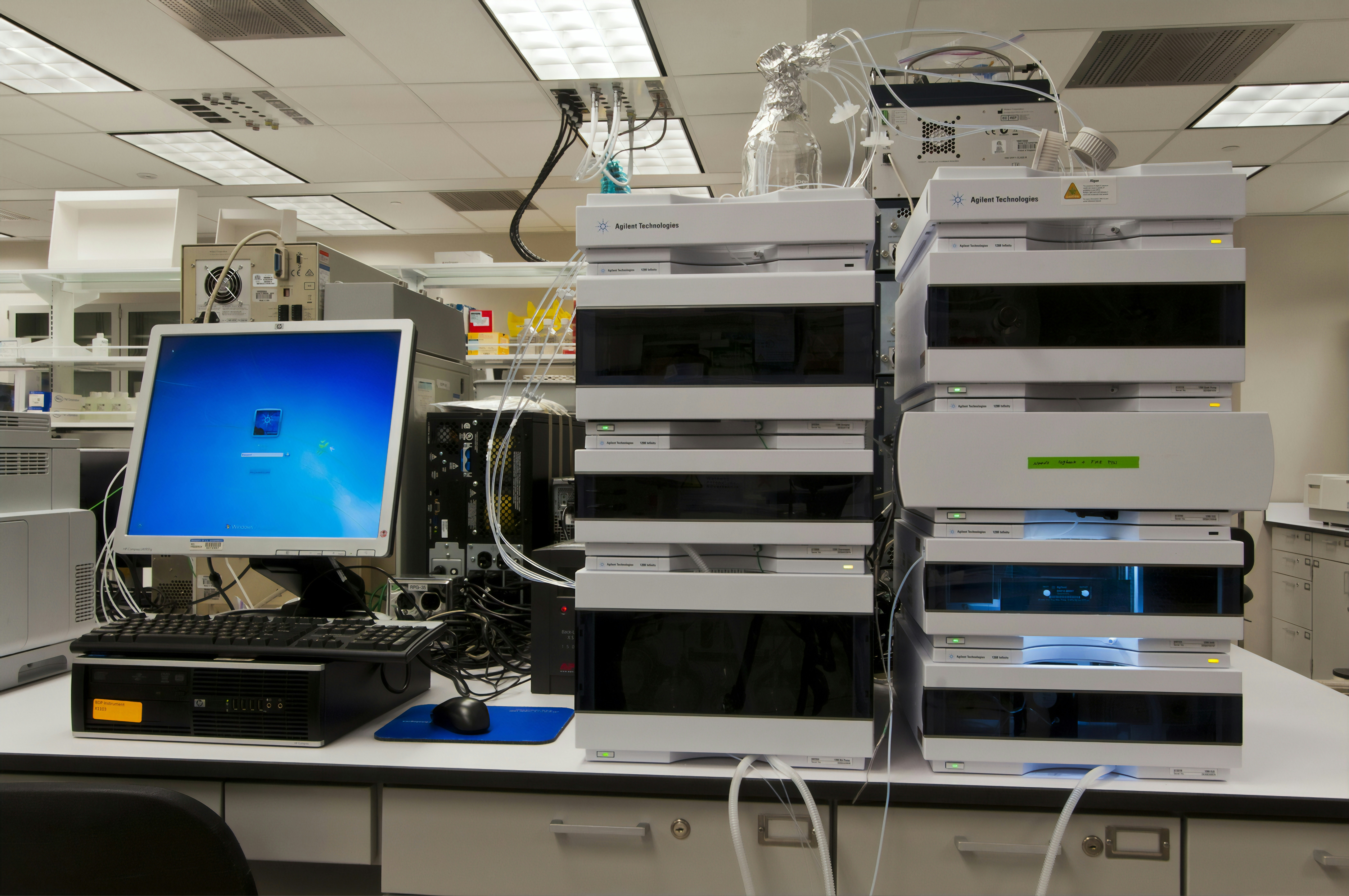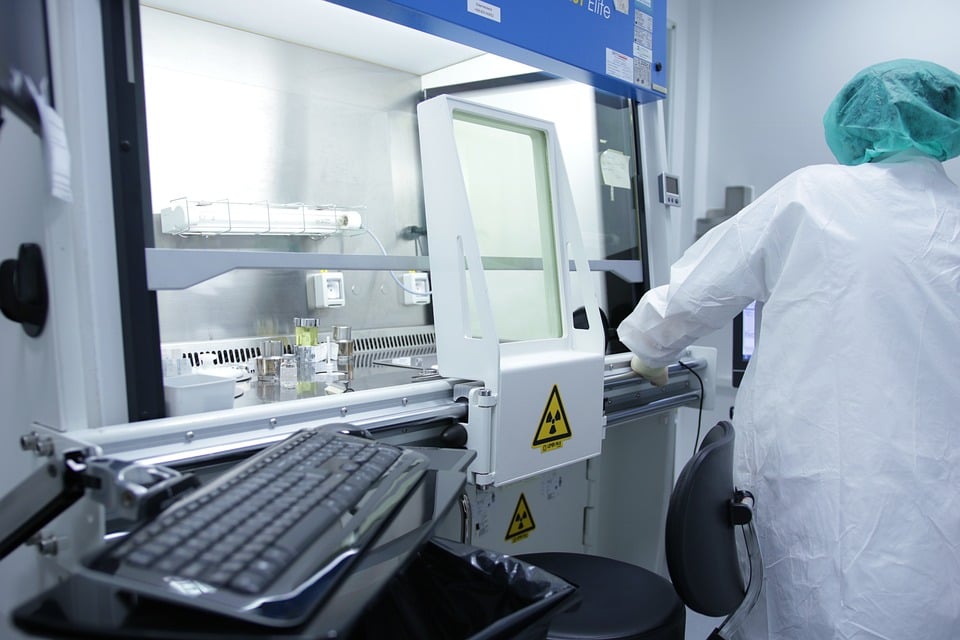
How Realistic Are ‘Jurassic’ Dinosaurs? Paleontologists Weigh In
Tyrannosaurus Rex. Brachiosaurus. Triceratops. Velociraptor.
All of these wacky dinosaur names are known in large part due to Steven Spielberg’s 1993 sensation “Jurassic Park,” which has now spawned its fifth sequel in “Jurassic World Dominion.” Supposedly ending the Jurassic Park saga, the sixth film in the series features more characters, more danger and more dinos. Yet, of all those names listed above, one has been absolutely mischaracterized throughout the entire series: the velociraptor.
“Jurassic Park” author Michael Crichton was many things — a doctor of medicine, a trained anthropologist and even a film director. But what he wasn’t was a dinosaur expert.
“There had been a book that lumped Deinonychus into Velociraptor, which is stupid,” Utah state paleontologist Jim Kirkland told Variety. The book in question is Greg Paul’s 1988 book “Predatory Dinosaurs of the World,” which “Jurassic Park” author Michael Crichton used as research for his own novel.
“No one believed that!” Kirkland continued. “And Michael Crichton used that book in his research. Now, he didn’t know any better. So he based it totally on Deinonychus antirrhopus.”
In actuality, Velociraptor is a small species that would only stand about 1.5 feet tall, on average. Deinonychus, a similar raptor species to Velociraptor although they lived a world and a generation apart, was the real star of Crichton’s 1990 book. In Kirkland’s opinion, the only reason that the book and thus the films call the raptors Velociraptor is simple. It’s easier to say.
But, once Spielberg insisted he wanted the raptors to be bigger, the dinosaur began to take the form of a different species of raptor: Utahraptor.
Discovered in 1990 in Utah by Kirkland and his team, Utahraptor is a bear-sized species that is bigger than any raptor species on record, with claws of around 10 inches long. Kirkland named the species in a paper in 1992, less than a year before “Jurassic Park” came out in theaters in June of 1993.
“We did the press release during the late summer of ’92,” Kirkland explained. “Basically, we put it out so it’d be out Tuesday for the New York Times science supplement. And that was the day Desert Storm broke loose. So it went flat on its face. But at the end of the year, Time magazine made it the seventh top science story of the year. Discovery magazine put it on the cover.”
Steve Brusatte, paleontology consultant on “Jurassic World Dominion,” confirmed that the raptors in the films are certainly influenced heavily by Kirkland’s dinosaur.
“[Utahraptor] is a very big raptor,” Brusatte said. “I believe it did play a role in how those raptors were envisioned.”
Brusatte’s job on the new film was primarily that of an asset-on-call, being available for any questions creatives on the film had relating to the film’s dinosaurs. Brusatte aimed to make “Jurassic World Dominion” the most accurate depiction of dinosaurs yet, all coming down to one mega-important detail: feathers.
“I’m really pleased with the feathers,” Brusatte explained. “That’s the biggest thing of all because we’ve known that dinosaurs had feathers for a long time, but they haven’t made it into ‘Jurassic World,’ frustratingly. Or ‘Jurassic Park.’ The thing that always annoyed me was definitely the feathers.”
In 1996, it became commonly known that dinosaurs likely have bird-like ancestors, resulting in their feathered exterior. Thus, seeing the films perpetuate a reptilian-like appearance has always been an annoyance for paleontologists like Brusatte and Kirkland. Brusatte understood why the film series never feathered the animals, saying that since the first film came out before the discovery happened, they deserve some leniency. Kirkland doesn’t agree.
“The whole thing drove me nuts.” he said. “They could have just said, you know, ‘Oh, originally we were using frog DNA as the template. Now we use chicken DNA, so we get much better dinosaurs.’ And then you get feathered dinosaurs! And you’ve explained it in one sentence!”
The feathers were not the only thing that Kirkland has always noted as being particularly inaccurate. Kirkland — who has taken part in naming 23 species of dinosaurs, making up about 1% of all named dinosaurs — has numerous reservations with the films.
“The accuracy of the movies decrease with distance from Michael Crichton,” Kirkland explained in a lecture online. “So the recent stuff is far less scientifically rigorous.”
Kirkland explained this further, saying, “You know, [Crichton] wrote a lot of science based novels. And he was really interested in doing his science as well as could be done. He did research, he just went down the wrong pipe. I like Greg Paul, personally. But Greg’s book is wrong on that!”
And while the inclusion of feathers is now a large success for the depiction of dinosaurs, the portrait of its raptors is still not fully accurate, as Kirkland notes.
“They show them a little too smart,” he explained. “I mean, at the time they lived they were the smartest animal on the planet. They had a brain the size of a cat, so a pretty decent brain. You might say, they have the intellect of an opossum. Which, you know, they’re capable of learning that a human is their friend, and they have certain abilities. But they’re not doing higher math. And they’re not as smart as, say, a wolf.”
It’s not all bad, though. Kirkland explains that Utahraptor most likely did work in packs and was also very quick and highly deadly, as is commonly shown in the films. And while Utahraptor’s method of killing its prey was likely stabbing instead of “disembowelment” as Sam Neill used to claim, Kirkland emphasizes these monsters were killing machines.
“Utahraptors were probably 800 pounds,” he explained. “You know, it’s a big, bear-sized animal. And these things were real successful! It was the dominant predator.”
Brusatte, whose favorite dinosaur is the Tyrannosaurus rex, knows that seeing the film series’ recurring T-Rex named “Rexy” go head-to-head against different dinosaurs — like the genetically-created Indominus Rex or the newly-introduced Giganotosaurus — may not be particularly accurate. However, it’s no doubt that T-Rex was a monstrous apex predator.
“T-Rex was certainly the apex predator in its environment,” Brusatte explained. “It was by far the biggest meat eater in that ecosystem. Now, in other parts of the world, there were other dinosaurs that were top predators. And so in real life, you know, T-Rex would have never met Giganotosaurus, which was from South America and also lived several tens of millions of years earlier in time.”
Both paleontologists agreed on one fact, though. Bringing extinct dinosaurs back from the dead is certainly not a good idea.
“I think it would be unethical just because, you know, these dinosaurs lived more than 66 million years ago. The world was so different,” Brusatte explained. “They would essentially be aliens in our world. For them to survive in this world, it would be like us surviving on another planet. So I do think that would be cruel. I do.”
Kirkland added, “I can’t say I wouldn’t go look at it if they did it! But, ethically, yeah. It’s pretty iffy.”




































































